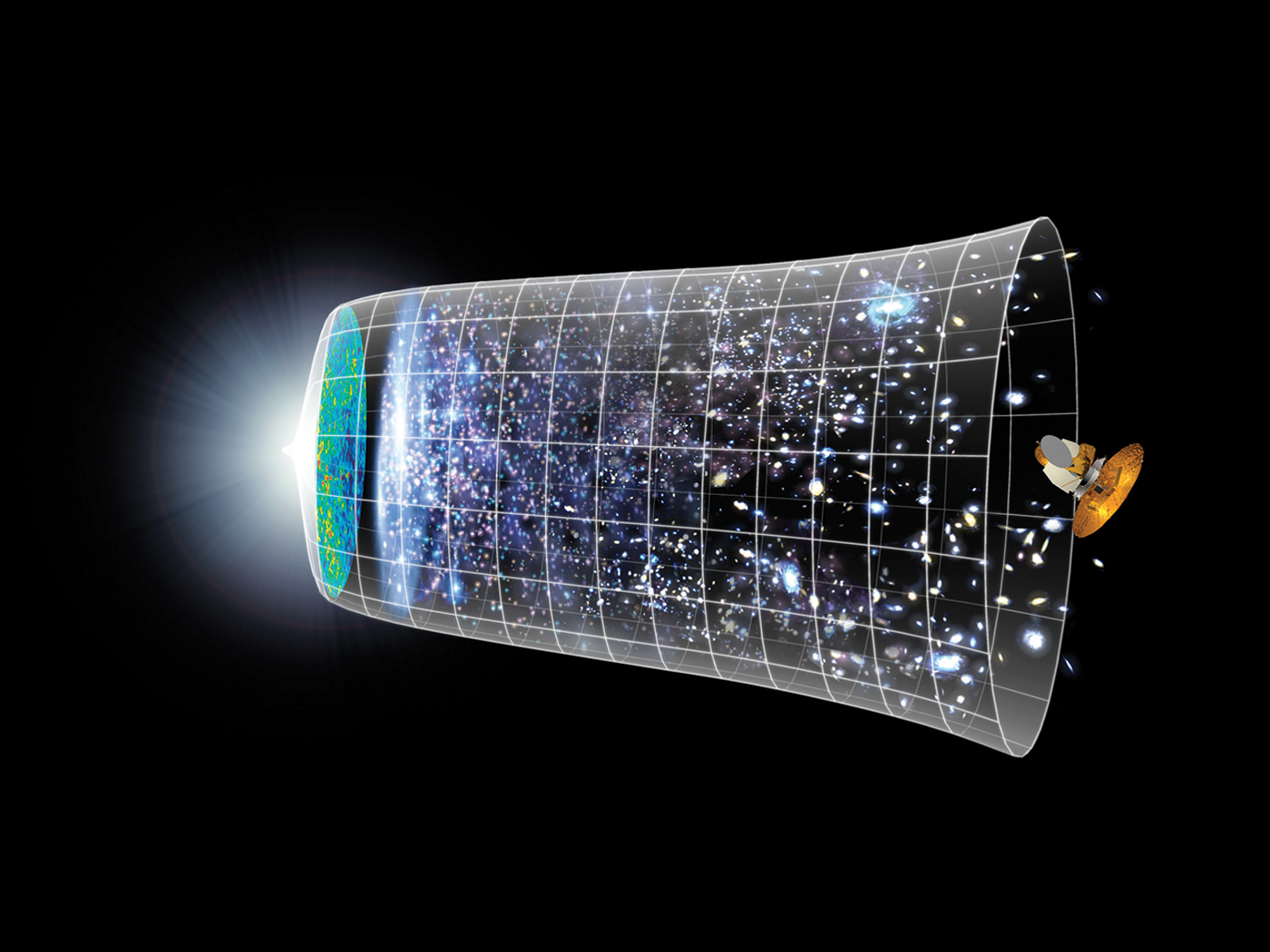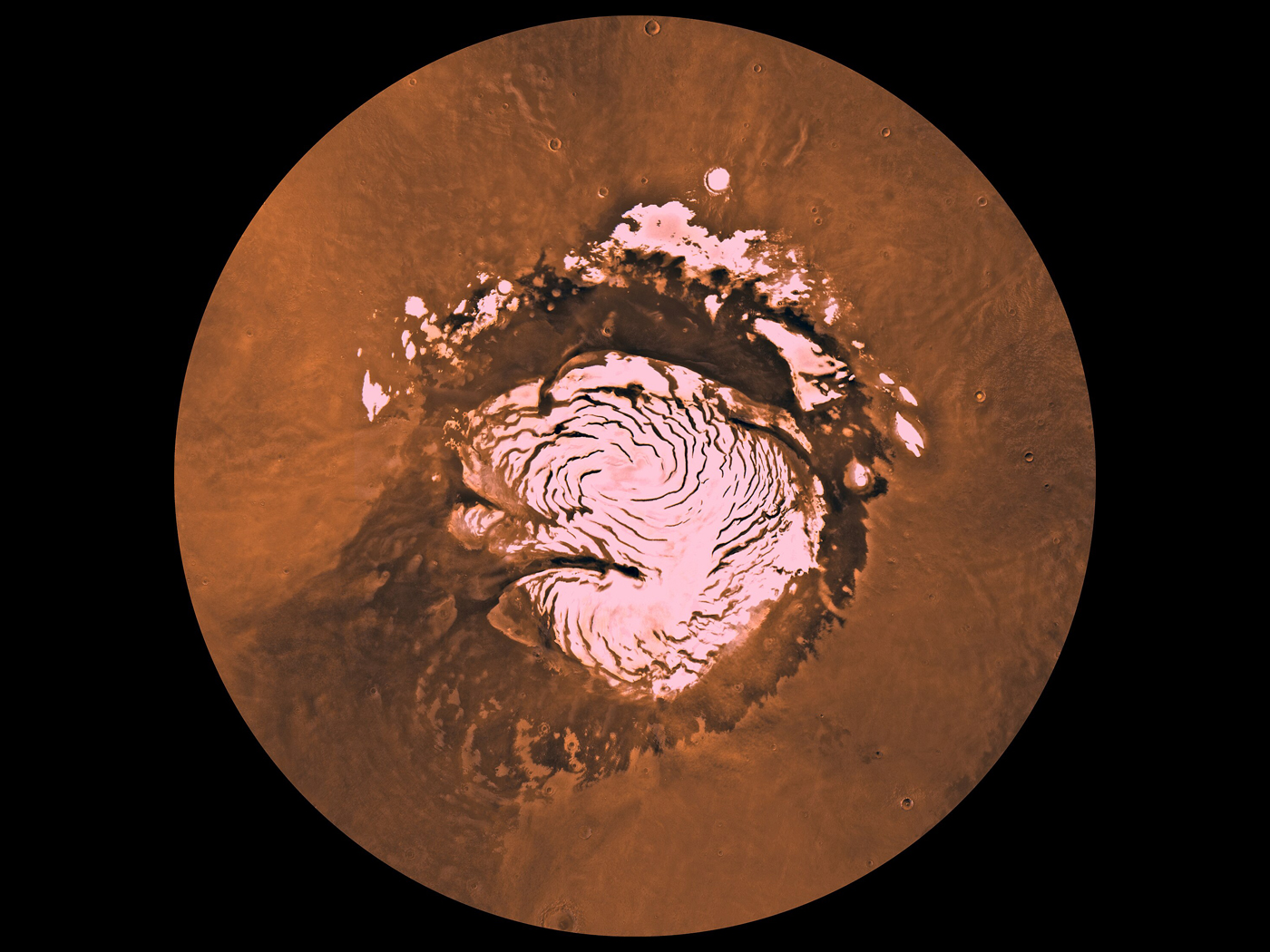A new DNA study compared modern humans to Neandertals. But unlike previous ones, this study targeted Northern Africans. The new report, published in the journal PLoS ONE, further confirms the fact that Neandertals could and did interbreed with people deemed to be modern humans.1
When examining research of this nature, it is important to understand some of the caveats not discussed or explained in the sensationalized press releases that surely follow such high-profile discoveries.
First, the researchers weren’t comparing the entire genomes between modern people groups and Neandertals. Rather, they selected regions of the genome that are informative to the study of human variation. Some DNA regions are not variable enough or do not produce consistent patterns amenable to genetic study. Hence, when researchers say that one to four percent of a certain modern human genome is shared with Neandertals, they are just talking about a very small fraction of the entire DNA sequence.
Second, the researchers used a severely reduced data set related to the analysis of ancient DNA. The PLoS ONE study attempted to compare 780,000 standardly used regions of the human genome as stated in the abstract of the paper. However, after filtering the data for poor quality DNA sequence associated with degradation (a common problem with ancient DNA), they only used 142,720 regions—less than 20 percent of the standard set used among modern people groups.
Third, the regions they compared contain what are called single nucleotide polymorphisms (SNPs). So, comparisons are not based on actual percent DNA sequence similarity genome-wide, but instead reflect whether there was a SNP present at a particular informative location. Thus, percentages of genetic mixtures between humans and Neandertals reflect a small, limited set of DNA sequences and the reported low levels are deceptive to the un-informed general public. The underlying fact not often discussed in Neandertal DNA papers like this is that the Neandertal genome is, for all practical purposes, identical to modern humans outside these variable regions.2 If the Neandertal DNA was not identical to modern humans, these types of SNP studies would not even be possible.
Fourth, and perhaps most important, errant assumptions undergirding this type of research assume the forward progress and improvement of human DNA over the course of evolutionary history. The problem with this assumption is that it is patently false.
The human genome has been in a state of degradation since the fall of man recorded in Genesis—a finding spectacularly proven by the recent report of disease and gene decay found in the DNA sequence of the human exome (expressed protein coding regions).3 Cornell University geneticist John Sanford has clearly described the science of human genome degradation and harmful mutation accumulation.4
And if today’s genomes are more degraded than the ancients—including Neandertals—then their DNA would actually represent a more pristine state than the genomes of modern humans. Thus, in a biblical model, modern humans would have genetic differences caused by generations of mutations and genome decay.
References
- Sanchez-Quinto, F. et al. 2012. North African Populations Carry the Signature of Admixture with Neandertals. PLoS ONE. 7 (10): e47765.
- For example, see references 1 to 7 in: Green, R. E. et al. 2010. A Draft Sequence of the Neandertal Genome. Science. 328 (5979): 710-722.
- Tennessen, J. et al. 2012. Evolution and Functional Impact of Rare Coding Variation from Deep Sequencing of Human Exomes. Science. 337 (6090): 64-69.
- Sanford, J. 2008. Genetic Entropy & The Mystery of the Genome, 3rd Edition. Waterloo, NY: FMS Publications.
* Dr. Tomkins is Research Associate at the Institute for Creation Research and received his Ph.D. in Genetics from Clemson University.
Article posted on November 16, 2012.




















